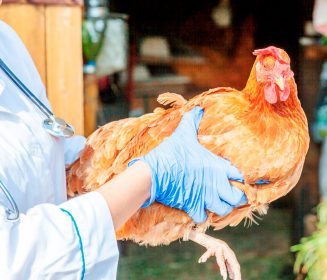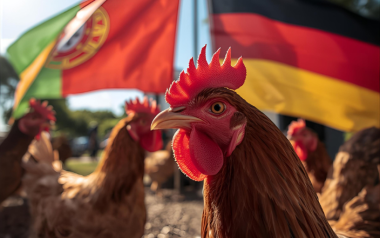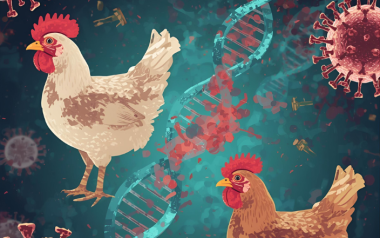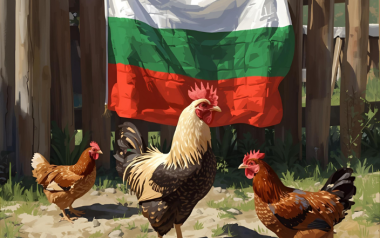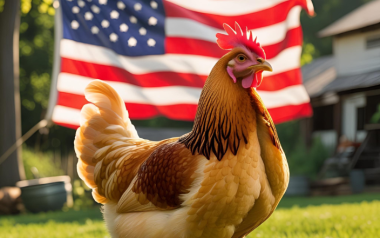Sources: Available upon request.
01 Jun 2024
The Netherlands embraces vaccination against Avian Influenza
In recent years, the Netherlands has taken significant steps to protect its population and poultry industry from Avian Influenza H5N1.
In recent years, the Netherlands has taken significant steps to protect its population and poultry industry from Avian Influenza H5N1.
The government of the Netherlands confirmed its plans to use vaccination as part of the preventive strategy to combat Highly Pathogenic Avian Influenza H5N1, after confirming that, in practice, it is an effective measure for the protection of laying hens.
This determination was preceded by a series of tests carried out last year with positive results, involving two drugs produced by the French pharmaceutical company Ceva Salud Animal and the German firm Boehringer Ingelheim.
Both vaccines were administered to a group of 1,800 one-day-old chickens, guaranteeing protection for up to eight weeks after inoculation, as reported by the Dutch Ministry of Agriculture, Nature and Food Quality.
The H5N1 virus: A global challenge
Since 2022, sporadic cases of highly pathogenic avian influenza (HPAI) caused by the H5N1 virus have been reported in humans worldwide. Most of these cases have been linked to exposure to infected poultry. Notably, there has been no evidence of sustained human-to-human transmission of H5N1. However, the virus’s ability to evolve rapidly and its prevalence in wild birds and poultry continue to pose risks.
The Netherlands’ approach
The Netherlands has proactively addressed the H5N1 threat by implementing vaccination strategies. Here are key points regarding their approach:
- Vaccination for poultry: The Netherlands has prioritized vaccinating poultry, including both domestic and wild birds. By reducing the prevalence of the virus in avian populations, they aim to minimize the risk of transmission to humans.
- Human cases: The Netherlands reported a single case of H5N1 infection in a farm worker in April 2024. The individual had been exposed to presumably infected dairy cattle. This case highlights the importance of monitoring and controlling outbreaks in livestock.
- Experimental vaccines: The Centers for Disease Control and Prevention (CDC) have developed experimental H5 vaccines (CVVs) that offer promising protection against the current H5N1 strains detected in birds and mammals, including dairy cattle. These vaccines are crucial tools in preventing further human infections.
- EMA recommendations: The European Medicines Agency (EMA) recently recommended standard marketing authorization for Celldemic, a zoonotic H5N1 influenza vaccine developed by Seqirus Netherlands BV. This authorization will enhance preparedness and response efforts.
Conclusion
The Netherlands’ commitment to vaccination and surveillance underscores the importance of a coordinated global response to avian influenza. As the virus continues to evolve, ongoing vigilance and preparedness remain critical. By staying informed and implementing evidence-based strategies, we can mitigate the risks posed by H5N1 and protect both human and animal health.








